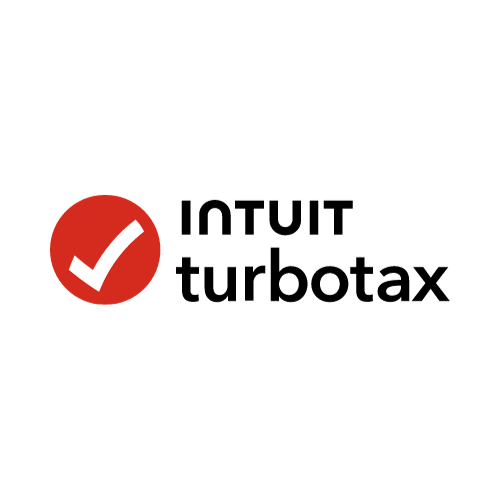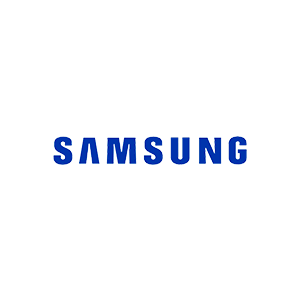If you buy something using links in our stories, we may earn a commission. This helps support our journalism. Learn more. Please also consider subscribing to WIRED
I bought a new-build home this year. It seemed like every property that I had looked at in my budget had a massive (and massively expensive) repair issue. Sometimes it was as simple as outdated electrical wiring or older pipes, but one seller was upfront that the entire property floods every winter. (I still tried to talk my husband into buying it.)
Our new-build townhouse doesn’t have outdated wiring, but some modern choices have left me nearly as frustrated. Namely, some of the included smart home products have driven me up the wall. I use smart home products for a living, so when I found out that smart devices would be included, I figured they’d be a piece of cake for me to set up and control.
They weren't. While some of the products worked like I thought they would, others are still giving me a headache to this day. Setting up a smart home can drive you completely mad, but next time I'd rather do it myself than find a strange concoction of devices already in my home.
I didn't hate all the products, though. Here's the smart home gear I'd bring to my next house—and the ones I'd leave behind. Don't have a new-build home? Check out our guide on How to Set Up a Smart Home yourself.
Roll Call
My home came with the following smart home products installed: two Honeywell thermostats, a Kwikset smart lock, and a MyQ Garage Door Controller. There are also two Eero Wi-Fi extenders in the house, on the first and third floors (even though the router is also on the third floor), and all of the bathrooms have a motion-sensor switch that turns off the lights after a few seconds of not seeing any movement.
I was surprised how many smart home products were included. My builder gave us the option to install even more devices during the building process, which would've cost almost $2,000 for a handful of door sensors, two motion sensors, a siren, and two control panels. We opted out. I figured I could easily rig those up for less than half that price with a couple of Echo Hubs (8/10, WIRED Recommends).
I was pleasantly surprised to find out we got so much smart home gear included without any extra fees. Of course, our builder didn't mention this, nor did he offer any devices that I wanted, like a smart doorbell. But while I like some of the gear that came with my home, I would've liked a chance to shop around or say no to some of the products they chose.
Garage Greatness
My favorite device is easy: the MyQ Smart Garage Door Opener ($289). The only reason I didn't set this up on day one was I had to wait for my Eeros to get turned on (my builder included a service to do it, but I should have done it myself). I needed a strong-enough Wi-Fi signal in the garage. The MyQ is great because it doesn't need a hub, either, and had a handy little QR code to direct you to the app download. There's a built-in camera that you can use for security (though there's also subscription fees for video storage and better notifications).
If you have multiple users, one person will need to set up the MyQ and then invite other family members to it via an email. My husband was faster than me as we raced to finish the setup, so the MyQ is under his name, and he invited me within the app. Boom, it was ready. We were both able to easily control the garage without any further steps or issues. The app shows us whether the garage is open or closed, and we can both control it from anywhere.
Front Door Woes
On the other side of my house, I have a gadget that I hate: a Kwikset smart lock. It has me missing my old Abode Smart Lock (8/10, WIRED Recommends) dearly.
My Kwikset smart lock has been a pain since the second we got the keys. It's a Kwikset Smartkey, so it should be easy to rekey the door, but neither my husband nor I could get it to work. No matter, you should always get new locks and keys when you get a new home. We figured we'd ignore the key problem and just use the smart features in the meantime.
But that raised another set of problems. Our builder said our new smart lock needs a hub to use the smart features, similar to Yale's smart lock (8/10, WIRED Recommends). I found what appears to be my lock online, but it comes in both a Z-Wave and a Zigbee model, and the builders neglected to tell me which one it is. Kwikset sells those models separately, so now I don't know which hub to buy. I can't get it to connect to the Kwikset app, either, even when I'm in Bluetooth range, leaving me stumped on how I'm supposed to use this lock at all.
The good news is, the keypad works fine without any smarts or app connectivity. We set up a single code and only use that. If it was a normal lock and doorknob, I could swap in my favorite deadbolt replacement, the Abode Smart Lock, but both the front and back of the lock are designed to work with Kwikset. Once I'm done shopping for the necessities, I'm switching to shopping for a new smart lock.
The Midfield
Everything else has been, for the most part, fine enough. The Honeywell is a pretty standard thermostat, and luckily my builder left the box for the thermostat behind so I could check the model—it's the T6 Pro ($76)—and that it had app connectivity.
As far as smart thermostats go, it's not the best-looking option, nor does it have the best smart features or any accessories, but it could have easily been dumber (or much, much uglier). I do dream of upgrading to the more powerful Honeywell T9 ($179) and adding a connected sensor ($32) to my son’s room as the weather heats up. It’s another thing I wish I’d had the option to upgrade or choose rather than just find out what device I was getting after moving in.
The Eero extenders also work as they should, and I like the overview that the app provides. My only complaint is now I am extremely tempted to buy an Eero router to match and make it a full set. Why not, you might say? The answer is I have no budget left! One day, I'll make the upgrade.
A Missing Piece
There's one thing this home desperately needs: a video doorbell. My office is on the third floor while my door is on the first, and I miss every delivery that requires a signature. You really can't run down a set of stairs much faster than I already am. Plus, all the delivery drivers who don't need a signature don't ring the doorbell. Sometimes I don't learn for a day or two that there's been a package on my doorstep the entire time. Oops.
It's another product that wasn't suggested in our installation process, which feels like a big missed opportunity. Why forgo actually useful devices and fixate on things like motion sensors? I'd rather add a smart doorbell instead of paying for 10 window sensors and an off-brand smart display, and just bring my favorite Google Pixel Tablet (7/10, WIRED Recommends) or Echo Show 8.
Important factors of choosing a smart home also weren't covered at all: There was no mention of what smart home protocol those sensors and its siren would use, and voice assistant support from the likes of Amazon and Google were never mentioned. It's clear that home builders have made some progress in the smart home world—the MyQ installation and easy setup is the best example—but there's clearly a ways to go to be able to count on a builder-grade smart home being easy to use. Until then, better to BYO smart home.










